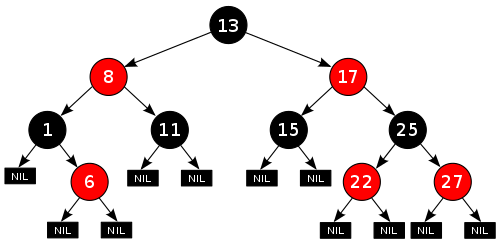On Equality
One of the most fundamental notions in type theory is equality. There are various forms of equality, including propositional equality, judgmental equality, typal equality, extensional equality, intensional equality, path equality (a key concept in homotopy type theory), among others. The list goes on, and any deep exploration of the concept of equality could easily expand to book length. Instead of attempting to cover all these notions at once, I believe it’s best to build this blog post incrementally.

